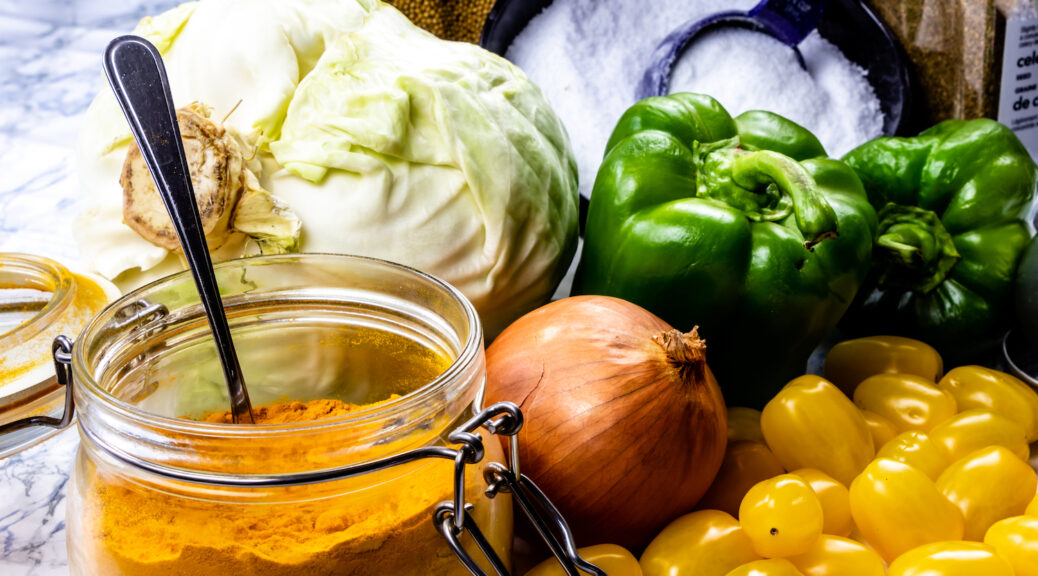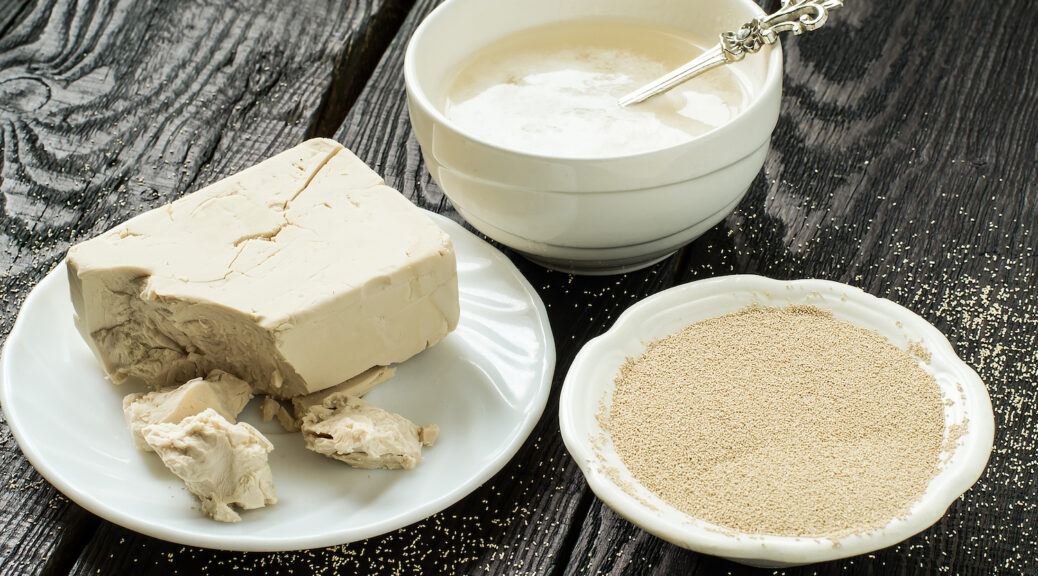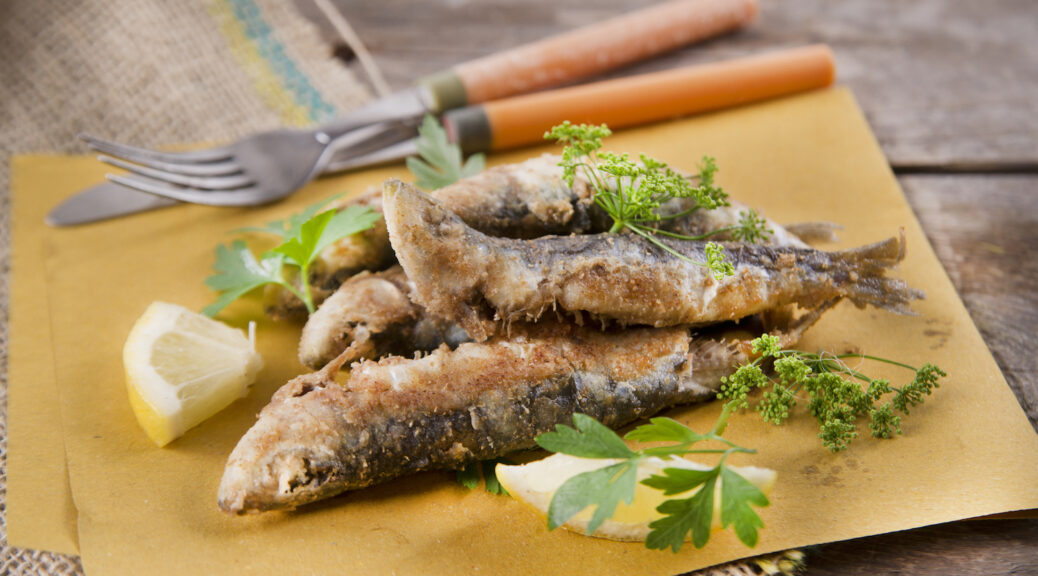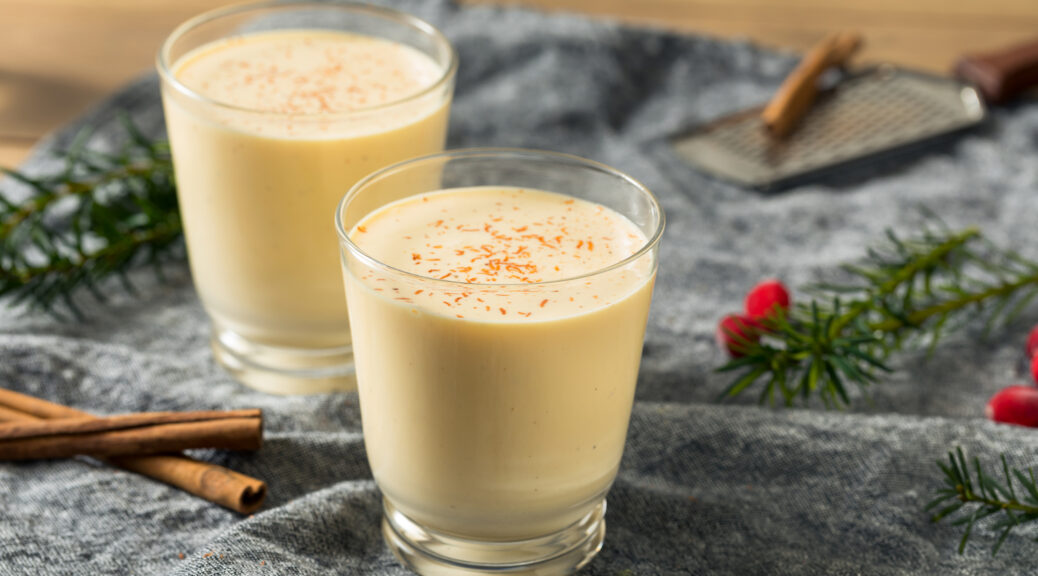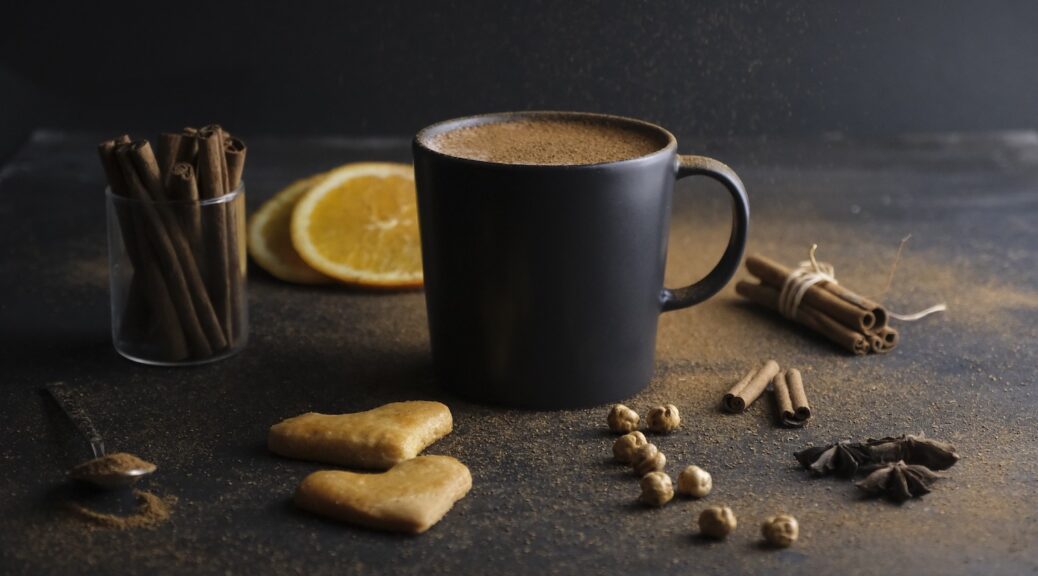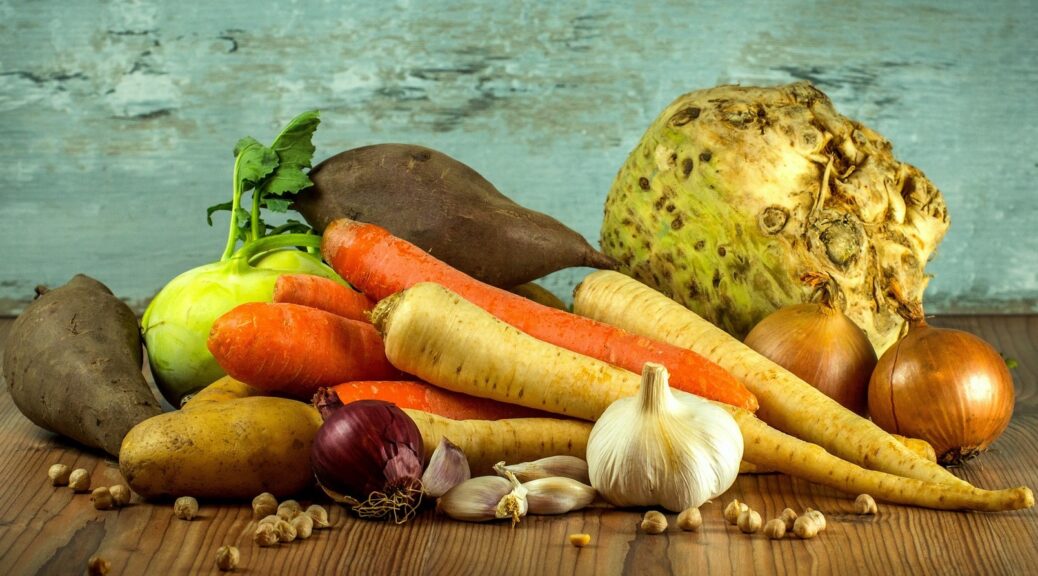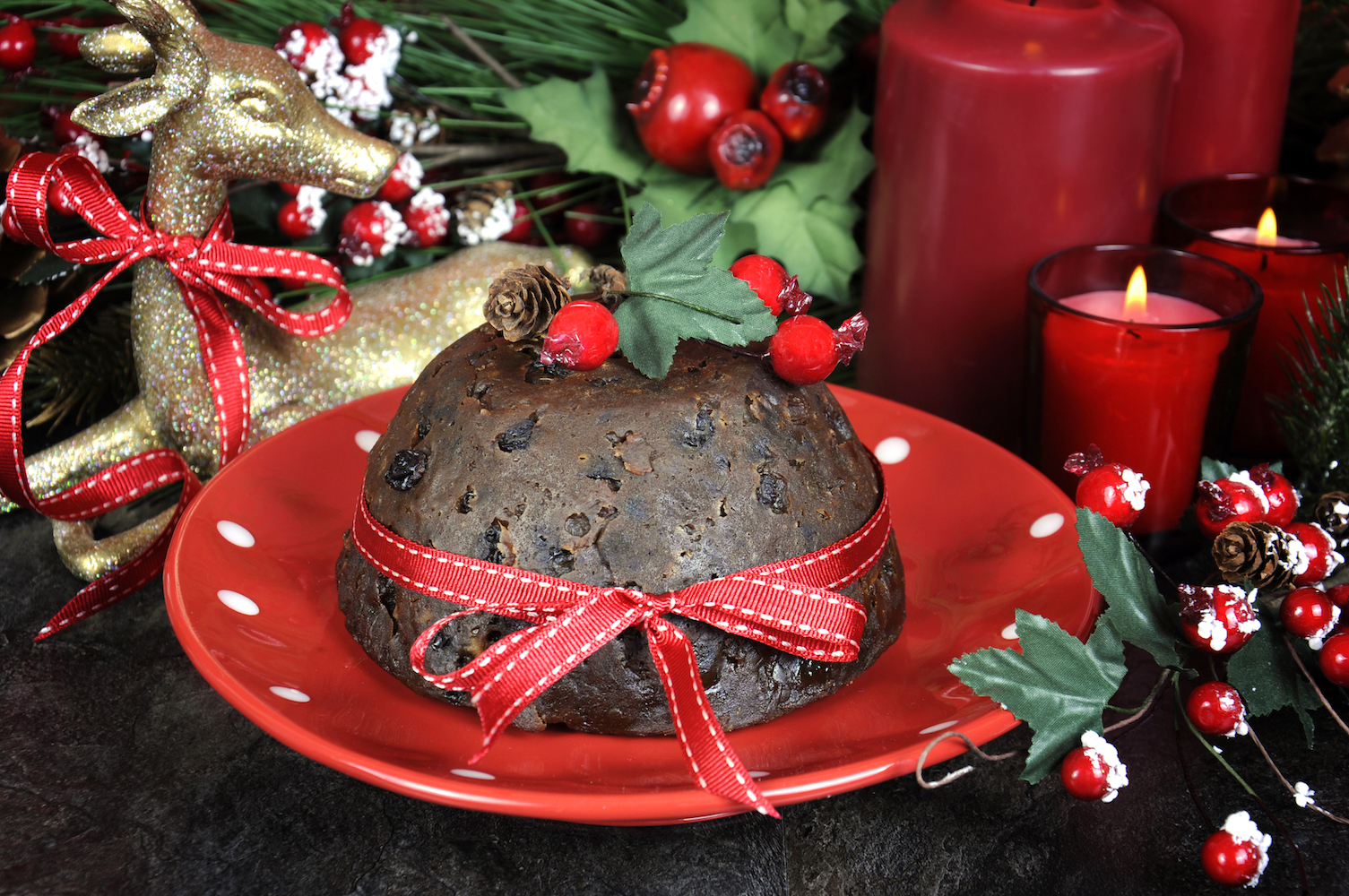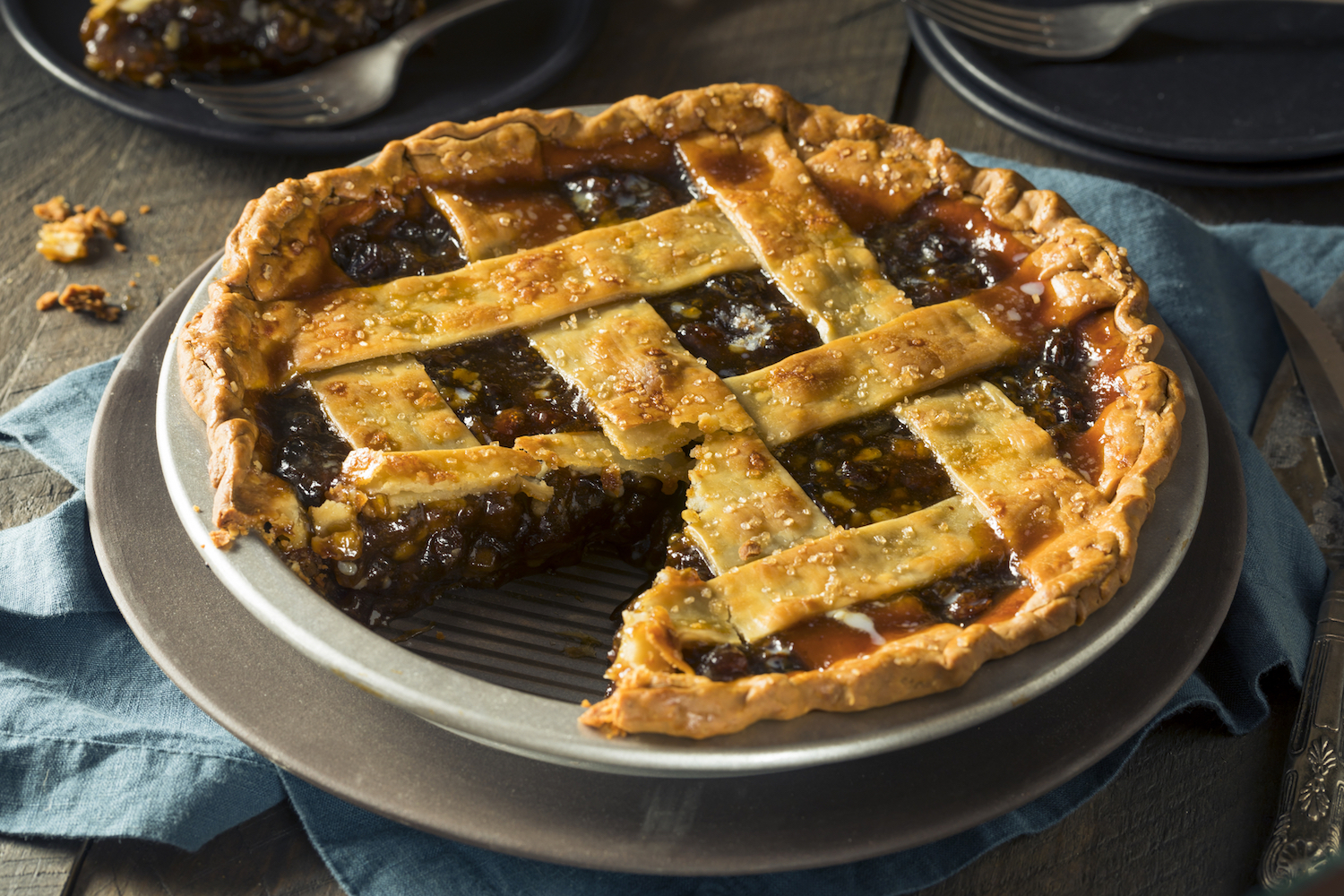Making Fruit and Vegetable Relishes
Making relish was a good way to preserve fruits and vegetables. Plus it added flavor to a plain meal and was especially welcome in the winter when produce was not in season. INFORMATION BELOW COMPILED FROM 1800s COOKBOOKS PICKLINGFoods preserved by pickling are known as either pickles or relishes. While both products are similar in many respects, relishes are distinguished from pickles in that, as a rule, they are made up from more than one kind of fruit or vegetable…
